Are you in menopause and looking for an exercise plan to help you stay fit?
Well, you are in the right place!
Today, you will learn the following:
- The best type of exercise for postmenopausal women,
- How much exercise you should do, and
- Activities you should avoid during menopause
Let’s get started.

What Type Of Exercise Is Best For Women Over 50?
The best forms of exercise for women over 50 are:
- weight-bearing resistance exercises,
- balance training,
- pelvic floor work, and
- aerobic activities.
Let’s go into each one in more detail.
Resistance Exercises
Weight-bearing exercises are critical in menopause because they help maintain muscle mass and preserve bone density.
Unfortunately, if you are in this age group, you lose muscle mass and bone mass due to the decrease in estrogen hormone.
As such, resistance training is essential for maintaining optimal muscle and bone health.
Examples of weight-bearing exercises include:
- walking,
- jogging,
- and, of course, my favorite, strength training.
Strength training is ideal because it helps build muscle and preserve your bones simultaneously.
Let’s move on to balance training.
Balance Training
The second type of exercise beneficial for postmenopausal women is balance training.
Balance training helps reduce the risk of falls by improving your coordination and body awareness.
Activities such as tai chi, yoga, pilates, and plyometrics are great for developing balance and coordination.
In addition, you can do single-leg resistance exercises (which I will go over below) to improve your balance.
Moving on.
Pelvic Floor Exercises
The third type of exercise that is beneficial after menopause is pelvic floor exercises.
As estrogen levels decline, your pelvic floor muscles can weaken, which can result in urinary incontinence and pelvic organ prolapse.
Pelvic floor exercises help improve bladder control, reduce urinary leakage, and improve overall pelvic floor health.
Examples of pelvic floor exercises include Kegels, squats, bridges, and planks, which I go over below.
And finally, aerobic exercise.
Aerobic Exercise
Aerobic exercise is essential for maintaining overall cardiovascular health and fitness while reducing unwanted midlife weight gain.
The key is to do something that increases your heart rate for at least 15-20 minutes daily.
Examples of aerobic exercise include:
- swimming,
- biking,
- brisk walking,
- rowing,
- high-intensity interval training (HIIT)
- and jogging.
So now let’s go over how much exercise you should do.
How Much Exercise Should You Do?
If you have never exercised before, you should start low and slow.
Begin with mild to moderate levels of exercise, such as walking and light resistance training.
Here’s how often you should plan to work out.
Frequency and Duration
Start with 20 minutes of walking three times a week and gradually increase the duration and intensity as you become more comfortable.
Once that becomes manageable, you could add strength-specific training that includes bodyweight exercises.
Aim to do these strength exercises at least three times a week for 20 minutes in addition to your walks.
Intensity
When you are first starting, you should do simple variations of bodyweight exercises to get familiar with the movement patterns.
As you become stronger, you could increase the intensity by:
- adding in an extra day,
- increasing the duration of your workout,
- or doing more challenging bodyweight exercises.
Modifications
Over time, you could add additional resistance to your strength exercises, such as resistance bands, dumbbells, kettlebells, and even barbells.
For cardiovascular exercises, you could vary the intensity and duration of your walks by adding hills, jogging, or cycling.
What If You Already Have A Routine?
If you already have an exercise routine, great!
Continue your routine with the goal of 30 minutes of moderately intense weight-bearing exercise ~4 times a week in addition to walking and pelvic floor training.
What Exercises Should You Avoid?
When exercising after menopause, you should avoid activities that cause pain or discomfort, as these could lead to injury.
Generally, it is best to avoid the following types of exercises:
- high impact activities,
- contact sports, and
- exercises that require a very high degree of balance
These types of exercises have an above-average risk of trauma which can lead to bone fractures.
Other Safety Tips
Lastly, when doing any form of exercise, make sure you warm up to help reduce risk of injury.
If you are unsure about your technique, seek the help of a personal trainer to ensure proper form.
Finally, always listen to your body and stop if you experience pain or discomfort.
That’s it!
So now that you know this information, you are ready for the PPT’s menopause exercise plan.
Let’s get started!
The PPT’s Weight Training Program For Menopause
For this menopause exercise program, we will focus on strength training exercises to help build muscle, preserve bone density, and improve balance.
Let’s get started!
Warm Up
First, let’s go over a simple warm-up you can do before any workout:
• 5 minutes of light cardio, such as walking, jogging, or cycling.
• 10 Arm Circles
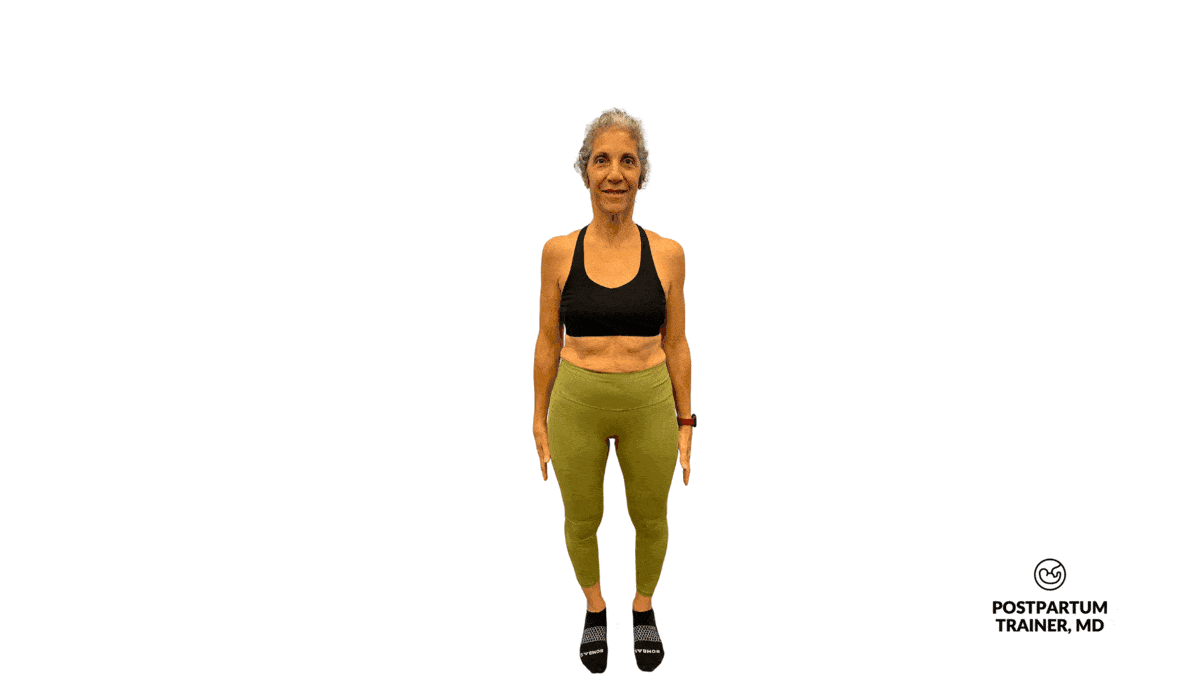
• 10 Body Rotations
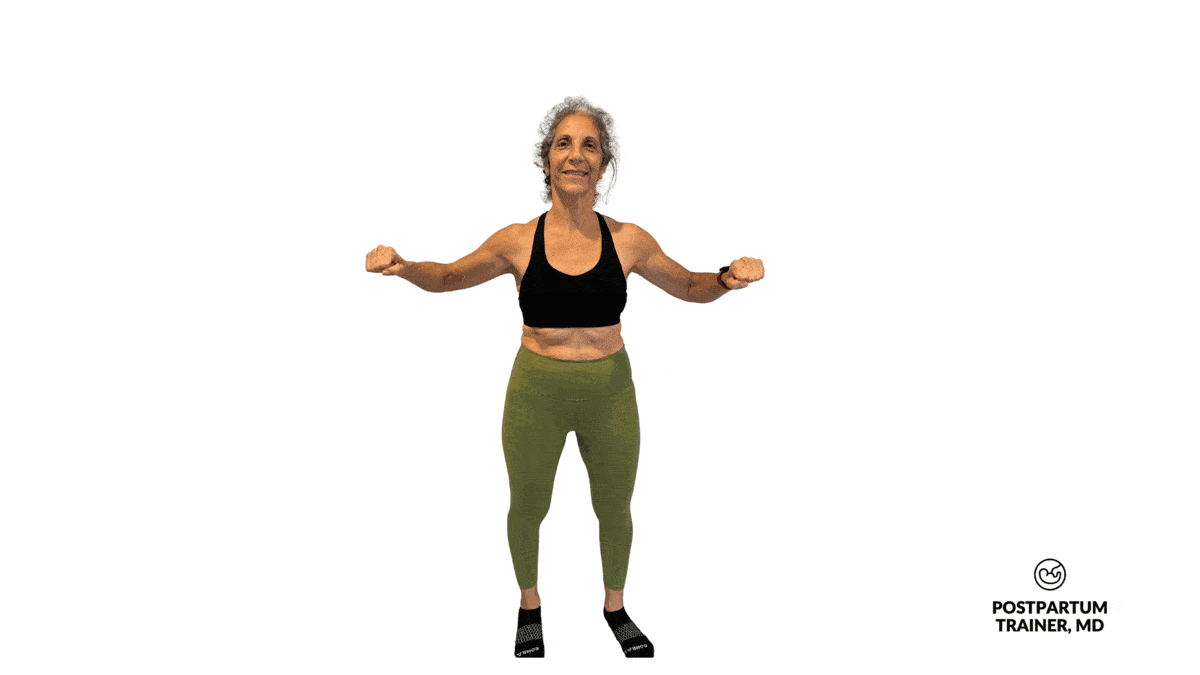
• 10 Ankle Circles
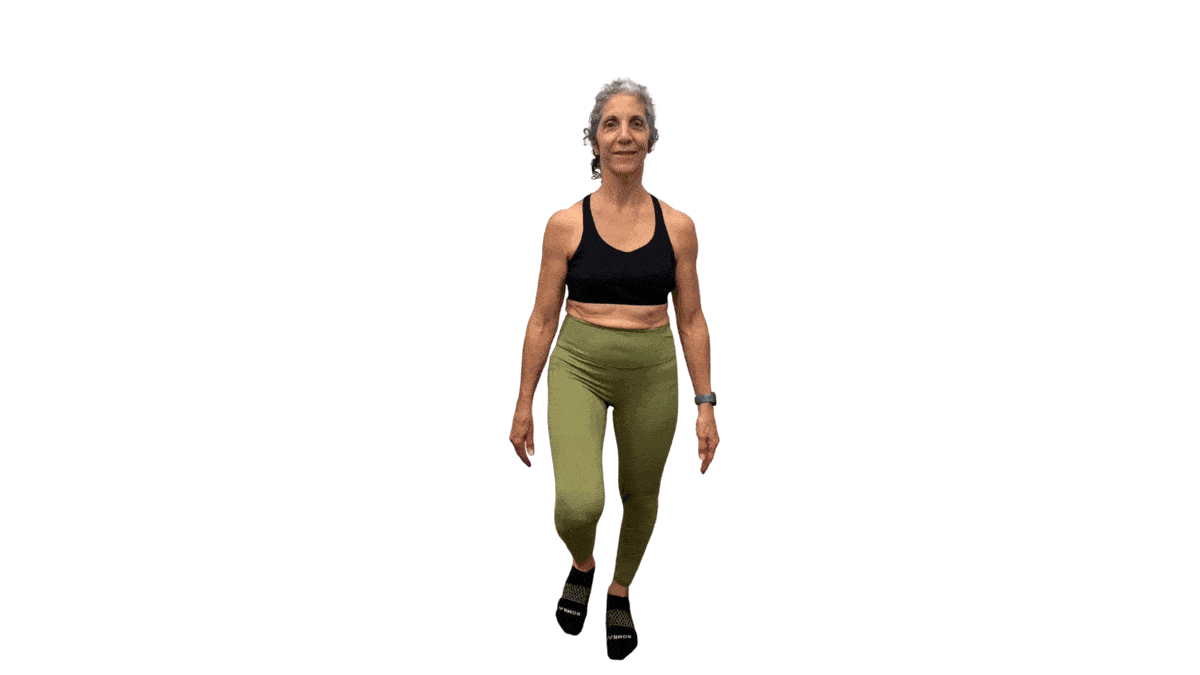
• 10 Hip Circles
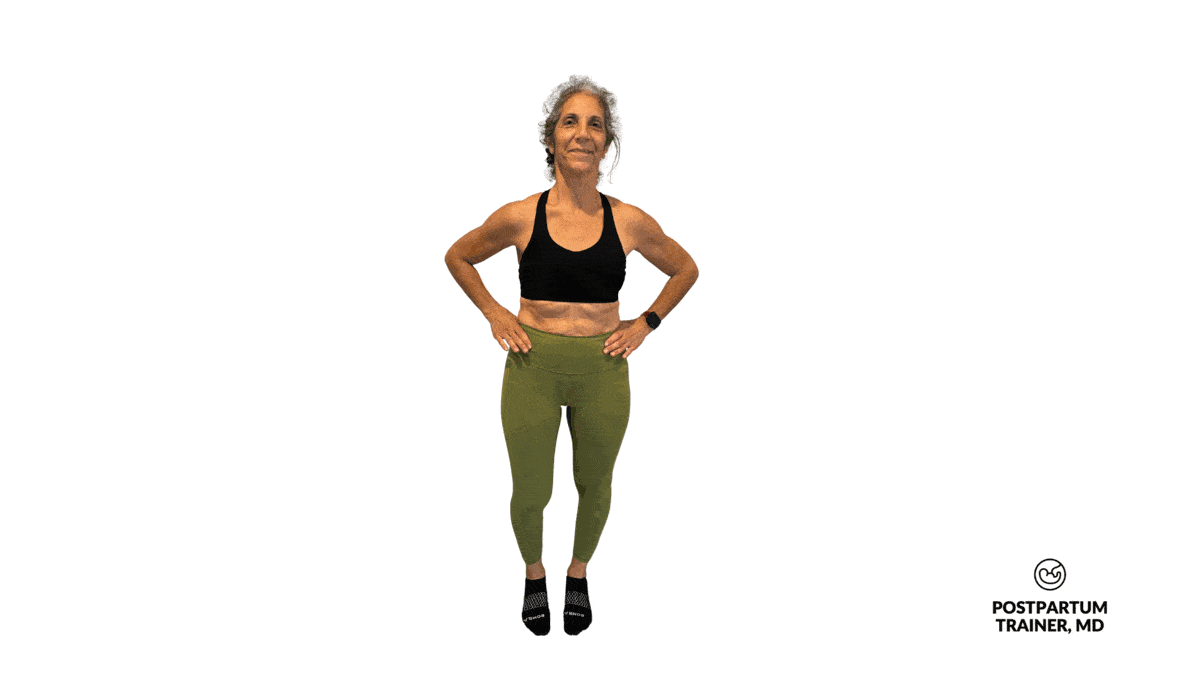
• 5 Cat-Cows
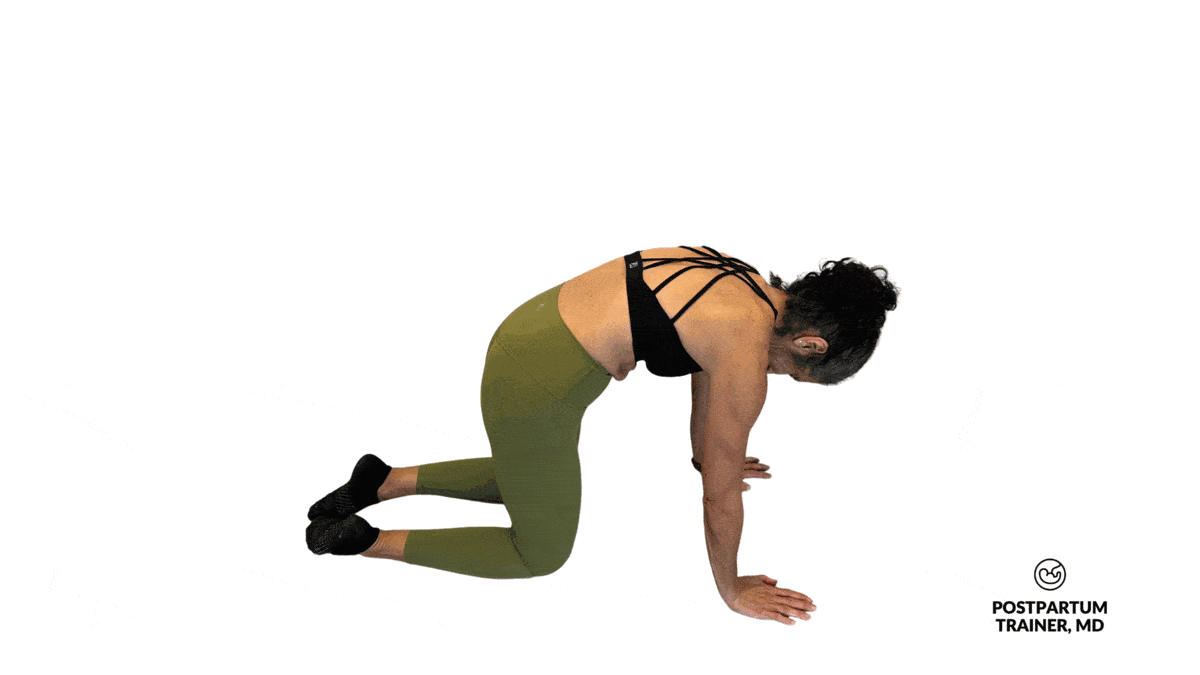
Now that you’re warmed up, let’s get into the weight training.
Aim to do 2-3 sets of each exercise with 8-12 repetitions per set.
Rest for 30-60 seconds between sets.
Lower Body
For lower body exercises, choose between the following:
- Squats
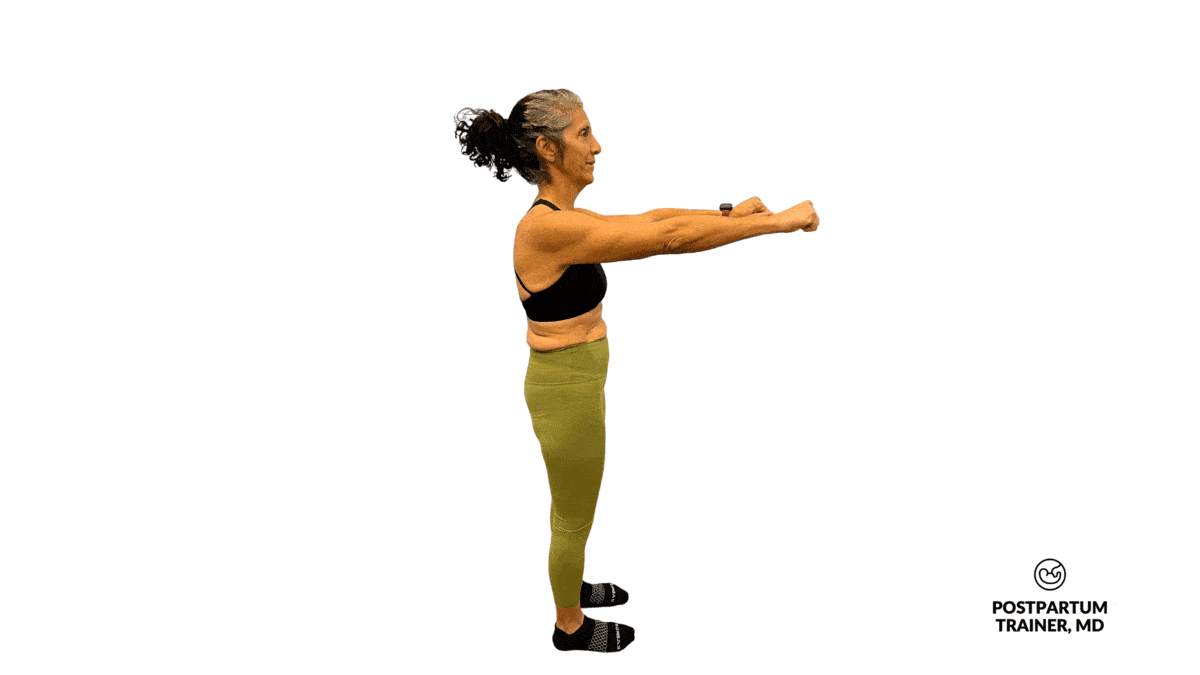
- Reverse Lunges
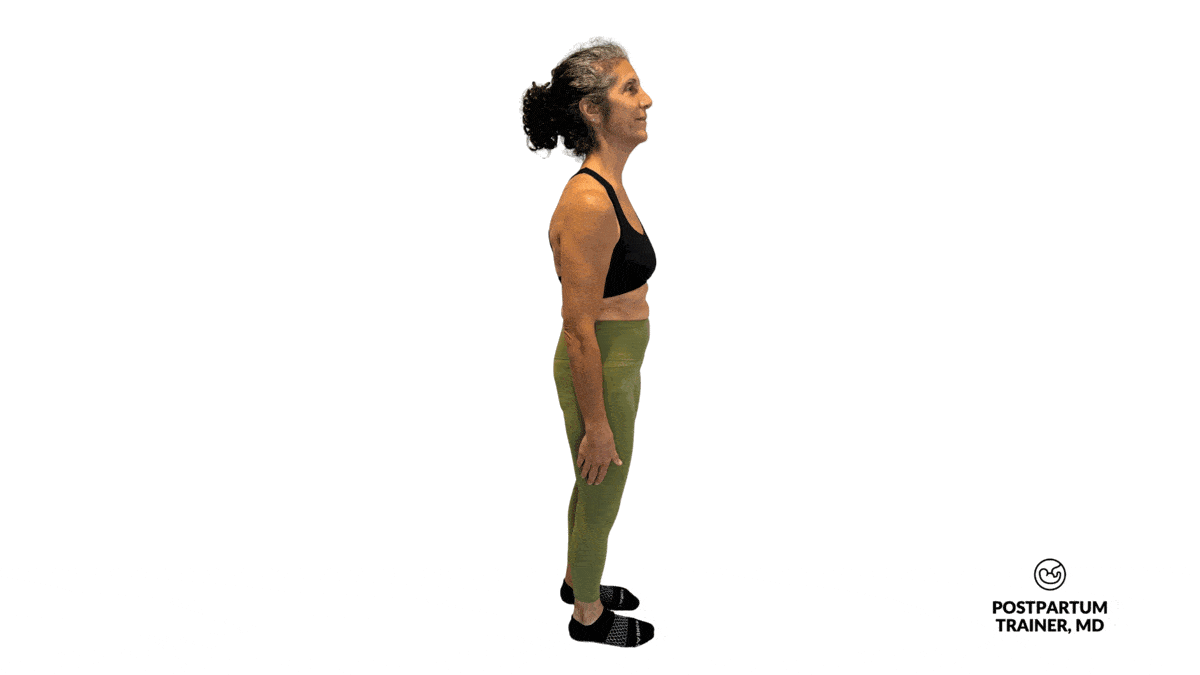
- Step-Ups
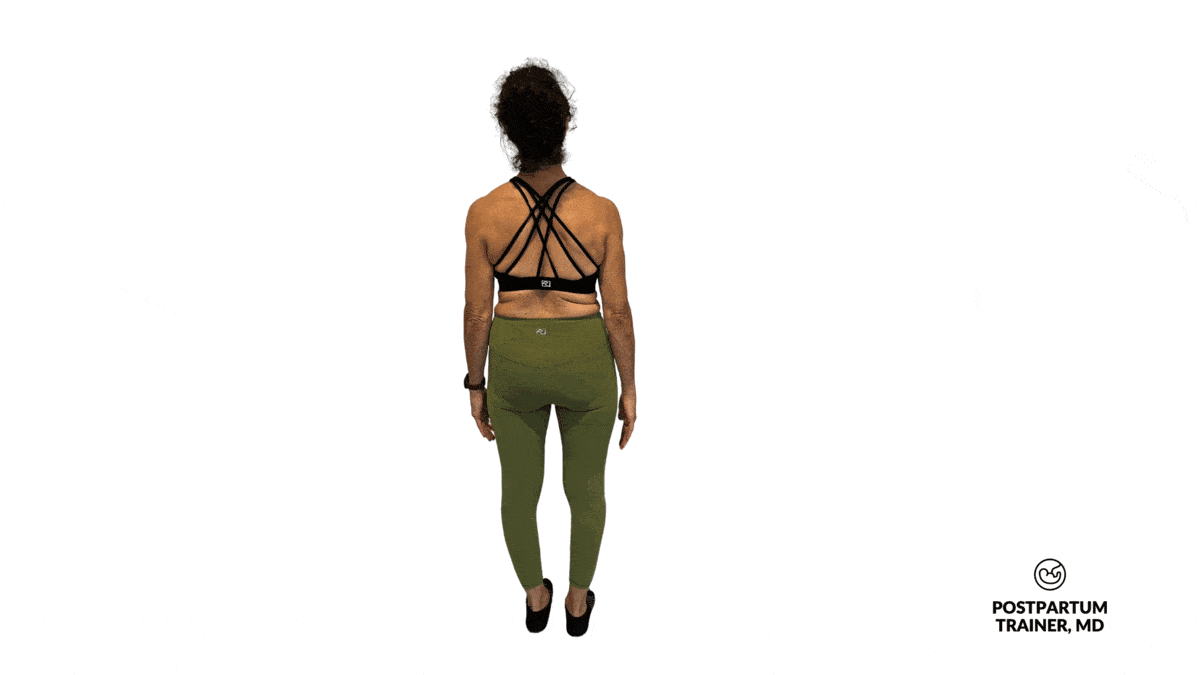
- Single-leg deadlifts (aka B-stance or staggered stance deadlifts)

Upper Body
For upper-body push exercises, choose between the following:
- Push-Ups

- Wall Shoulder Presses

- Feet Supported Dips

For upper-body pull exercises, choose between the following:
- Bent Over Rows with weight

- Band Pull Aparts

- Bent Over Reverse Flys

Core
Finally, for core exercises, you can do the following:
- Plank
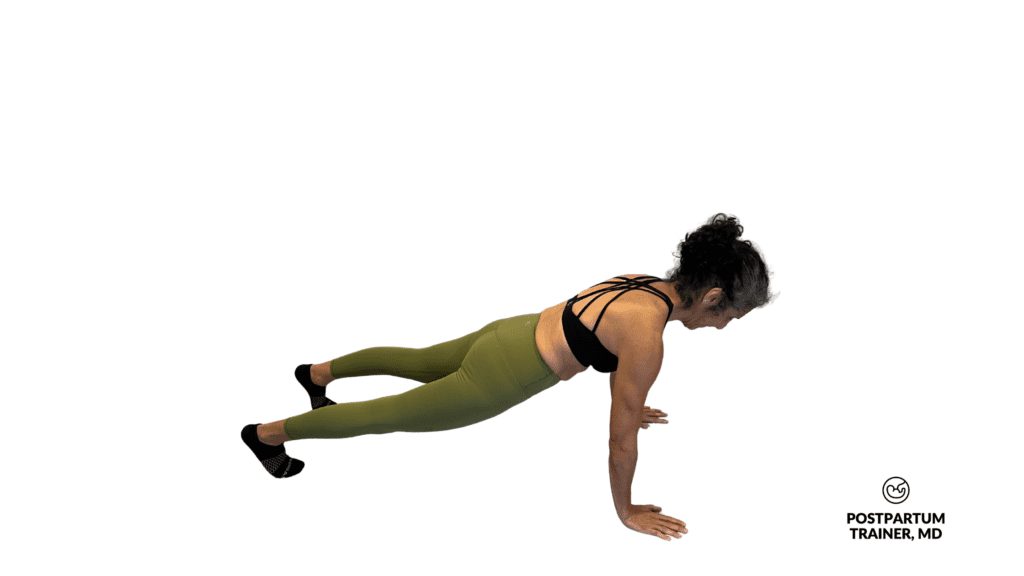
- Side Plank
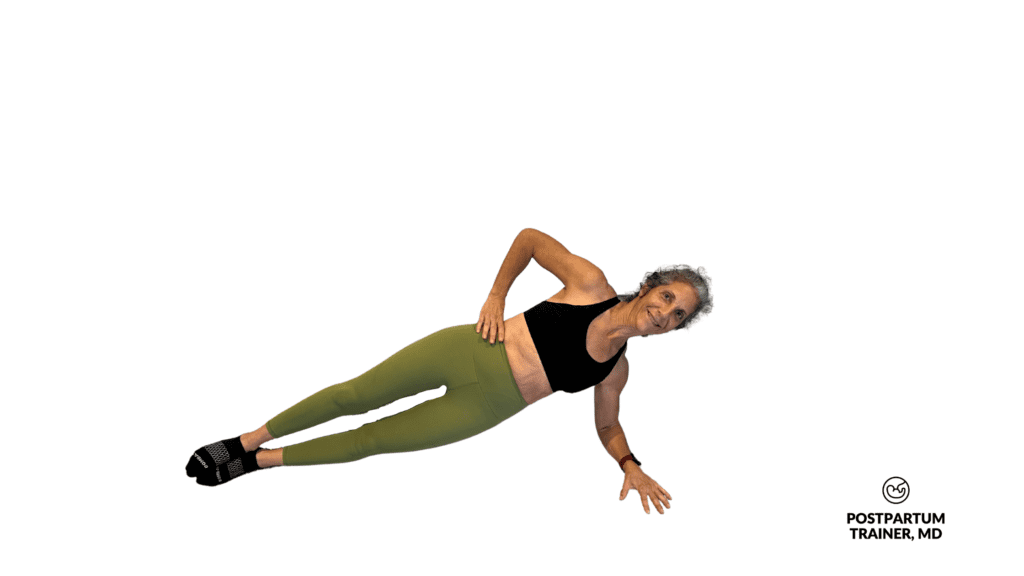
- Reverse Crunches

Here are two example workouts you can try:
Workout 1
| Push Ups | 2 sets of 8 repetitions |
| Bent Over Rows | 3 sets of 10 repetitions |
| Lunges | 2 sets of 6 repetitions on each leg |
| Plank | 3 sets of 20 seconds |
Workout 2
| Wall Shoulder Press | 2 sets of 8 repetitions |
| Band Pull Aparts | 3 sets of 15 repetitions |
| Single Leg Deadlifts | 2 sets of 6 repetitions on each leg |
| Reverse Crunch | 3 sets of 10 repetitions |
Workout 3
| Aerobic activity | 20-30 minutes |
| Kegels | 5 sets of 10 repetitions |
Other Related Questions
What Are The Benefits Of Exercise During Menopause?
Exercise in menopause can help maintain bone density, preserve muscle mass, and reduce the risk of chronic disease.
Unfortunately, the natural decline in estrogen levels during menopause means that the body is more susceptible to bone fractures, muscle loss, and weight gain.
Here are all the benefits exercise might provide:
- reduce menopause symptoms such as hot flashes, night sweats, mood swings
- reduce the risk of heart disease and diabetes
- build and maintain muscle mass
- decrease bone loss and osteoporosis
- improve your sleep
- release endorphins which can improve your mental health and reduce depression
- increase your basal metabolic rate and slow down menopause weight gain
Is Walking Good For Menopause?
Yes, walking is an excellent form of exercise during menopause as it is low impact and can reduce the risk of bone fracture.
Walking also helps improve circulation and can help reduce stress and anxiety.
If you don’t regularly walk, it is best to start slow and gradually increase the intensity and length of each walk.
Also, remember to wear comfortable shoes!
Does Exercise Increase Estrogen?
No, exercise does not directly increase estrogen in menopause.
Estrogen is a hormone produced primarily by the ovaries in response to follicle-stimulating hormone or FSH to ovulate an egg each month. In menopause, you are no longer stimulating follicles or ovulating.
Although exercise does not directly increase estrogen levels, it can help reduce symptoms of low estrogens, such as hot flashes and night sweats.
What Is The Best Exercise For A Menopause Belly?
The best way to get rid of belly fat during menopause is to combine resistance training with cardiovascular exercise and a healthy diet.
Strength training helps build muscle mass which raises your metabolic rate, making it easier to lose weight.
Cardiovascular exercises such as running or cycling can help burn extra calories while improving heart health.
Lastly, eating a healthy diet will help you reduce your caloric intake while improving your nutrient intake.
You can also do core-specific exercises such as:
- Planks
- Side planks
- Bird Dogs
- Boat pose
- Hollow body hold
But keep in mind, it is not possible to spot reduce fat from your belly.
Is There A Specific Diet I Should Eat?
During menopause and beyond, it is best to eat a well-balanced diet that helps you maintain a healthy weight.
Your nutrition plan should include plenty of fresh fruit and vegetables, whole grains, lean proteins, and healthy fats.
Do your best to avoid added sugars which can increase the risk of weight gain and chronic diseases.
If weight loss is your goal, you must also monitor your portion sizes and reduce your energy intake.
Final Words on Weight Training in Menopause
Regular exercise (especially strength training) is essential for menopausal women.
Research shows that physical activity can help
- reduce menopause symptoms,
- improve sleep quality and mood,
- build muscle mass,
- protect bone health,
- and improve quality of life!
Plus, you could strength train in the comfort of your home with free weights and resistance bands. You could even perform bodyweight exercises like squats, lunges, and push-ups.
Now I want to hear from you.
What type of exercise do you find most beneficial when dealing with the changes your body is experiencing?
Let me know in the comments.
Other Related Posts:
- Menopause Blood Testing: When Should You Do It?
- How To Prepare For Menopause Gracefully (OBGYN Explains)
Get Four Free Workouts To Help Strengthen Your Pelvic Floor & Heal Your Mommy Tummy!

Brittany Robles, MD, MPH, CPT
Brittany Robles is a full-time OBGYN physician, a NASM certified trainer, and a prenatal and postnatal fitness specialist. She holds a Master of Public Health degree in maternal health with a special interest in exercise and nutrition. She is also the co-author of The White Coat Trainer. Learn more about her here.
Sharing is Caring – Send This To A Mom In Need!
References:
- Sternfeld B, Guthrie KA, Ensrud KE, LaCroix AZ, Larson JC, Dunn AL, Anderson GL, Seguin RA, Carpenter JS, Newton KM, Reed SD, Freeman EW, Cohen LS, Joffe H, Roberts M, Caan BJ. Efficacy of exercise for menopausal symptoms: a randomized controlled trial. Menopause. 2014 Apr;21(4):330-8. doi: 10.1097/GME.0b013e31829e4089. PMID: 23899828; PMCID: PMC3858421.
- Stojanovska L, Apostolopoulos V, Polman R, Borkoles E. To exercise, or, not to exercise, during menopause and beyond. Maturitas. 2014 Apr;77(4):318-23. doi: 10.1016/j.maturitas.2014.01.006. Epub 2014 Jan 24. PMID: 24548848.
